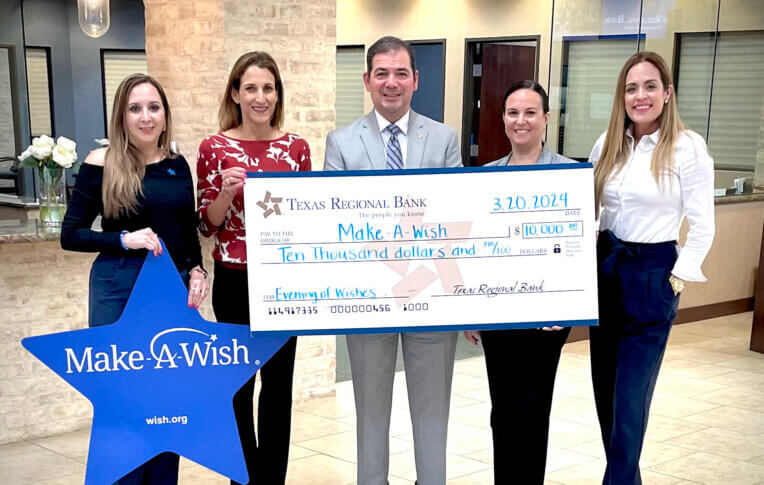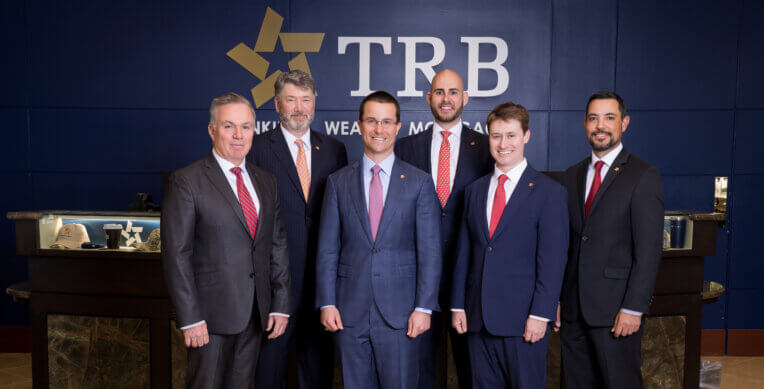Key Takeaways:
- Mail fraud is any fraud that involves the United States Postal Service.
- Check fraud refers to using paper or digitally created checks to obtain money illegally.
- Once criminals have stolen someone’s mail, sensitive information can be used to commit various types of fraud, including check fraud.
- By taking preventative measures, everyone can reduce the risk of falling victim to mail fraud, check fraud, and protect themselves from financial harm.
In the age of paperless transactions and digital banking, mail fraud might seem like an unlikely threat. However, this type of fraud is rising, and many people are falling victim to it.
With 127.3 billion units of sensitive documents, checks, and packages being sent and received through mailboxes a year, fraudsters are given plenty of opportunities to steal mail. Everyone must be aware of the risks and take steps to protect themselves. Last year alone, 299,020 mail theft complaints were reported to the United States Postal Inspection Service (USPIS).
Everyone can safeguard their personal information and financial security from mail and check fraud by being vigilant and taking the necessary precautions. It’s essential to stay informed and stay ahead of scammers as they continue to target our mailboxes.
Mail Fraud & Check Fraud
The Financial Crimes Enforcement Network (FinCEN) reported an 84% increase in check fraud in 2022. Although check writing has declined in the United States, criminals have increasingly targeted the U.S. Mail and mail carriers since the COVID-19 pandemic to commit check fraud.
Various reasons contribute to the rise in mail and check fraud.
- The end of stimulus funds has prompted a shift in criminals’ focus on checks.
- The rise of social media has created a thriving black market for stolen checks.
- The increasing prevalence of scams has increased check fraud attempts.
These reasons are why mail and check fraud are quickly making their way into the top five scams in the United States. Mail and check fraud is now in the top ten scams for Texas in 2023.
What is Mail Fraud?
To put it plainly, mail fraud is any fraud that involves the U.S. Postal Service. Criminals have one goal when they steal from the U.S. Postal Service: to obtain personal and financial information.
Criminals commit mail fraud by targeting blue collection boxes, mail trucks, unsecured residential mailboxes, and privately owned cluster box units.
Ways Criminals Commit Mail Fraud
There are many ways a criminal can commit mailbox fraud. A few of their methods are:
- Mail Theft: Criminals physically steal the mail.
- Mail Rerouting: Criminals submit a change of address request with the post office to reroute someone’s mail to a different address.
- Mail Interception: Criminals intercept someone’s mail by impersonating someone at the post office and requesting the mail be forwarded to a different address.
Once criminals have stolen someone’s mail, sensitive information can be used to commit various types of fraud, including check fraud. Check fraud has increased so much that FinCEN notified banks of the rise in mail and check fraud.
How to Protect Yourself from Mail Fraud
Being educated on mail fraud is one of the best ways to protect yourself from it. Along with education, there are a few steps you can also take to ensure you do not fall victim to a mail scam.
- Promptly Pickup Mail: Avoid leaving letters and packages in your mailbox or at your front or back door.
- Arrange for Prompt Pickup: If you will not be home to receive your mail, make another arrangement or schedule a drop-off time.
- File a Change of Address: Upon moving out of a residence, make sure to file a change of address at your local Post Office to avoid having your mail delivered to the wrong address.
- Informed Delivery: Informed Delivery is a free service from USPS that shows you preview images of incoming mail as well as status updates about your incoming and outbound packages.
- Set up E-Statements: By receiving your statements digitally, you reduce the amount of sensitive information sent through the mail system.
- Sign up for Direct Deposit: Direct deposit is a secure way to transfer your funds, as it is protected by encryption and other security measures.
- Set-up Alerts: Alerts can notify you of any suspicious activity on your account, such as unauthorized check deposits or withdrawals.
These steps can help safeguard your personal and financial information from mailbox fraud. Stay alert as criminals try to find vulnerabilities in the mail system.

What is Check Fraud?
Check fraud refers to using paper or digitally created checks to obtain money illegally. It involves creating, altering, stealing, or using a fraudulent check to pass it off as a real one.
The common checks criminals focus on are personal checks, business checks, tax refund checks, Social Security payments, and unemployment benefits.
Business checks are a prime target for scammers because business accounts are usually well-funded, so it may take longer for someone to notice the missing funds.
Types of Check Fraud
No two criminals are the same. Every criminal takes a different approach to committing fraud. However, there are four universal ways scammers usually commit check fraud:
- Altering Checks: Scammers take real checks and change the amount or name to deposit funds into their accounts.
- Counterfeit Checks: Scammers create counterfeit checks that resemble real checks issued by banks or financial institutions.
- Check Washing: Scammers alter checks by removing or changing the ink to change the check’s name or amount.
- Depositing stolen checks: Scammers deposit checks through an ATM or mobile deposit.
This is why it is important to protect your mail so criminals cannot get access to your checks.
How Banks Protect You from Check Fraud
Banks are the leading safeguard against check fraud. Banks, like Texas Regional Bank, take several precautions when processing checks to ensure they are legitimate. Here are a few of the ways a bank protects its customers:
- Positive Pay: Positive Pay compares every newly written check against a list of checks the customer has authorized. The bank will flag the transaction for further investigation if the check does not match the authorized list.
- Check Imaging: Imaging technology scans and stores images of checks when they are deposited or cashed. This allows the bank to verify the check’s authenticity and track its processing.
- Customer Education: Educational resources are available to customers to protect themselves from check fraud. This includes tips on safeguarding checks, monitoring account activity, and reporting suspicious activity to the bank immediately.
- Fraud Monitoring: Fraud detection systems monitor account activity for signs of fraudulent activity. These systems can flag unusual transactions or patterns of activity and alert the bank’s fraud prevention team for further investigation.
Banks take check fraud prevention seriously and constantly improve their security measures to protect their customers. However, it is crucial for customers to also take steps to safeguard their accounts and monitor their transactions for any signs of fraudulent activity.
Websites Offering Information or Resources on Fraud
Final Thoughts
Mail fraud is a growing threat. With sensitive documents and checks being sent and received through mailboxes, we must be aware of the risks and take the necessary precautions to protect ourselves.
By taking preventative measures, everyone can reduce the risk of falling victim to mail and check fraud and protect themselves from financial harm.
For more tips on how to protect yourself from fraud, visit our website, Security Archives – Texas Regional Bank



